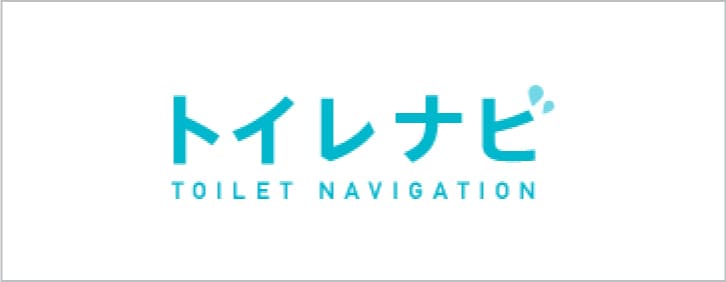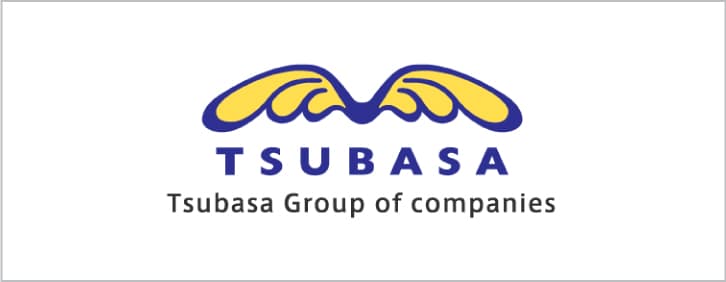Closing Journal Entries
At the end of the accounting period, the balance is transferred to the retained earnings account, and the account is closed with a zero balance. When making closing entries, the revenue, expense, and dividend account balances are moved to the retained earnings https://online-accounting.net/ permanent account. If you own a sole proprietorship, you have to close temporary accounts to the owner’s equity instead of retained earnings. Temporary accounts are income statement accounts that start each accounting period with a zero balance.

Just like in step 1, we will use Income Summary as the offset account but this time we will debit income summary. The total debit to income summary should match total expenses from the income statement. The income summary is used to transfer the balances of temporary accounts to retained earnings, which is a permanent account on the balance sheet.
What is a Closing Entry?
In just a few clicks, the entire financial year closing is streamlined for you. Upgrading to a paid membership gives you access to our extensive collection of plug-and-play Templates designed to power your performance—as well as CFI’s full course catalog and accredited Certification Programs. Completing the challenge below proves you are a human and gives you temporary access.
- They’d record declarations by debiting Dividends Payable and crediting Dividends.
- The assumption is that all income from the company in one year is held onto for future use.
- Other than the retained earnings account, closing journal entries do not affect permanent accounts.
- Closing your accounting books consists of making closing entries to transfer temporary account balances into the business’ permanent accounts.
- In addition, if the company uses several sets of books for its subsidiaries, the results of each subsidiary must first be transferred to the books of the parent company and all intercompany transactions eliminated.
So, revenue, expense, gain, and loss accounts are all closed at the end of a period to retained earnings (for corporations), member’s capital accounts (for partnerships), or an income summary account. The income summary account is also a temporary account that is closed out at the end of the period. Closing entries are journal entries used to empty temporary accounts at the end of a reporting period and transfer their balances into permanent accounts. Temporary accounts are used to accumulate income statement activity during a reporting period.
Example of Closing Entries
The purpose of the closing entry is to reset the temporary account balances to zero on the general ledger, the record-keeping system for a company’s financial data. After the closing journal entry, the balance on the drawings account is zero, and the capital account has been reduced by 1,300. After the closing entry is made, Bill’s balance sheet would list $8,000 of assets, $3,000 of liabilities, and $5,000 of equity. These ending balances will carry forward and become the beginning balances in the next period. The income and expenses accounts, on the other hand, will have a zero ending balance and will start the next year with a zero balance. The purpose of closing entries is to merge your accounts so you can determine your retained earnings.
A closing entry is a journal entry that is made at the end of an accounting period to transfer balances from a temporary account to a permanent account. The purpose of closing entries is to prepare the temporary accounts for the next accounting period. Closing journal entries are made at the end of an accounting period to prepare the accounting records for the next period. They zero-out the balances of temporary accounts during the current period to come up with fresh slates for the transactions in the next period.
What Is a Closing Entry?
These accounts carry forward their balances throughout multiple accounting periods. Temporary accounts are accounts in the general ledger that are used to accumulate transactions over a single accounting period. The balances of these accounts are eventually used to construct the income statement at the end of the fiscal year. Temporary account balances can either be shifted directly to the sample balance sheet retained earnings account or to an intermediate account known as the income summary account beforehand. Closing entries, on the other hand, are entries that close temporary ledger accounts and transfer their balances to permanent accounts. After the posting of this closing entry, the income summary now has a credit balance of $14,750 ($70,400 credit posted minus the $55,650 debit posted).
Novartis executive sold shares before drug data manipulation made … – Reuters.com
Novartis executive sold shares before drug data manipulation made ….
Posted: Sun, 18 Aug 2019 07:00:00 GMT [source]
The Income Summary balance is ultimately closed to the capital account. The process of using of the income summary account is shown in the diagram below. You can close your books, manage your accounting cycle, issue invoices, pay back vendor bills, and so much more, from any device with an internet connection, just by downloading the Deskera mobile app. Lastly, if we’re dealing with a company that distributes dividends, we have to transfer these dividends directly to retained earnings. In other words, they represent the long-standing finances of your business. Notice that the balance of the Income Summary account is actually the net income for the period.
Step #1: Close Revenue Accounts
The closing entries are the journal entry form of the Statement of Retained Earnings. The goal is to make the posted balance of the retained earnings account match what we reported on the statement of retained earnings and start the next period with a zero balance for all temporary accounts. All temporary accounts must be reset to zero at the end of the accounting period. To do this, their balances are emptied into the income summary account.
- The purpose of the income summary is to show the net income (revenue less expenses) of the business in more detail before it becomes part of the retained earnings account balance.
- To close expenses, we simply credit the expense accounts and debit Income Summary.
- At the end of the accounting period, the balance is transferred to the retained earnings account, and the account is closed with a zero balance.
- The main change from an adjusted trial balance is revenues, expenses, and dividends are all zero and their balances have been rolled into retained earnings.
- By doing so, the company moves these balances into permanent accounts on the balance sheet.
Thus, the income summary temporarily holds only revenue and expense balances. That’s exactly what we will be answering in this guide – along with the basics of properly creating closing entries for your small business accounting. After most of the cycle is completed and financial statements are generated, there’s one last step in the process known as closing your books. And so, the amounts in one accounting period should be closed so that they won’t get mixed with those in the next period. Notice how only the balance in retained earnings has changed and it now matches what was reported as ending retained earnings in the statement of retained earnings and the balance sheet. We at Deskera offer the best accounting software for small businesses today.
What are Temporary Accounts?
As mentioned, temporary accounts in the general ledger consist of income statement accounts such as sales or expense accounts. When the income statement is published at the end of the year, the balances of these accounts are transferred to the income summary, which is also a temporary account. Closing entries is the step before preparing the post-closing trial balance, which consists temporary accounts only like assets, liabilities, and equity accounts. In this step, the company prepares journal entries that would make the temporary accounts have zero balances. We see from the adjusted trial balance that our revenue accounts have a credit balance. To make them zero we want to decrease the balance or do the opposite.
W. Africa Crude-Key Nigerian programmes in Jan still absent, OSPs … – Reuters.com
W. Africa Crude-Key Nigerian programmes in Jan still absent, OSPs ….
Posted: Fri, 23 Nov 2018 08:00:00 GMT [source]
In addition, if the company uses several sets of books for its subsidiaries, the results of each subsidiary must first be transferred to the books of the parent company and all intercompany transactions eliminated. If the subsidiaries also use their own subledgers, then their subledgers must be closed out before the results of the subsidiaries can be transferred to the books of the parent company. Since the income summary account is only a transitional account, it is also acceptable to close directly to the retained earnings account and bypass the income summary account entirely. The income summary is a temporary account used to make closing entries. Manually creating your closing entries can be a tiresome and time-consuming process. And unless you’re extremely knowledgeable in how the accounting cycle works, it’s likely you’ll make a few accounting errors along the way.
The income summary account then transfers the net balance of all the temporary accounts to retained earnings, which is a permanent account on the balance sheet. If a company’s revenues are greater than its expenses, the closing entry entails debiting income summary and crediting retained earnings. In the event of a loss for the period, the income summary account needs to be credited and retained earnings reduced through a debit.








